|
I enjoy doing Day of the Dead projects and making students aware of other cultural practices outside of their own. This is one that they always love to learn about. After talking about Day of the Dead as a holiday in Mexico which celebrates the life of people who have passed, we kicked off the project.
On the first day, they used a sombrero tracer to draw out a sombrero. Then they used tempera paint to paint lines across their sombrero. It was a good chance for us to re-learn our lines! The second day was spent tracing out a skull, gluing it to their sombrero, and then painting traditional Day of the Dead designs onto the skull
0 Comments
Gerhard Richter is a contemporary German artist who is well-known for his photorealistic paintings that he then blurs using a soft brush or squeegee. He is also famous for creating abstract paintings and then using a squeegee to scrape away paint. For this project, we painted two sheets of paper the primary colors. When painting, we had to work thickly and quickly with our paint so that it wouldn't dry. After students had covered their papers with the primary colors, they used a strip of tagboard to scrape away the paint on their paper. As they scraped, the primary colors would mix together and create the secondary colors. The kids thought this was the COOLEST THING EVERRRRR and I thought it was pretty cool too for re-learning our color mixing! As they scraped, they could also change the pressure to their scraping and it would create different effects on their paper. Each student made two paintings. One of the paintings they got to keep, the other painting I cut up into small strips that we then used in a weaving project. For the weaving project, each student got a sheet of paper that had slits cut into it. Students then practiced weaving their painted paper strips into it. Some students caught onto this right away while others struggled. I was really proud of the ones who got it and then helped teach it to their friends who were struggling with it. Throughout the weaving, we talked about patterns and how it is similar to ABAB patterns that they may have learned about in music.
On the final day, we used construction paper crayons to add a different pattern to each row of the weaving. I think next time I will have them just do one pattern on the entire weaving rather than a new pattern for each row. I saw this project floating around somewhere on Pinterest and thought it would be a great chance to touch on shapes again with me first graders!
Reggie Laurent is a contemporary artist who makes abstract paintings. His artwork features brightly colored shapes on a black background. The shapes vary from geometric to organic. On top of the shapes, he paints vibrant lines and patterns. Throughout the project, we talked a lot about the difference between organic and geometric shapes. I usually say that geometric shapes are shapes that have a name or that they are shapes with a lot of straight edges. Organic shapes are shapes that are blobs. We cut out tons of organic and geometric shapes and glued them to a black background. When gluing, we glued so that our shapes didn't touch each other. Our scissors were SUPER hungry so we did TONS of cutting. We recapped on using our glue properly too. The 2nd class, we finished up cutting and gluing. After that, we used a white crayon to create squiggly lines between our shapes. Lastly, we used construction paper crayons to add lines and patterns to our shapes. |
Devon CalvertHarmony and Consolidated Elementary Art Teacher in Milton, WI. UW-Eau Claire graduate. WAEA President. Apple Teacher. Archives
April 2018
Categories
All
|
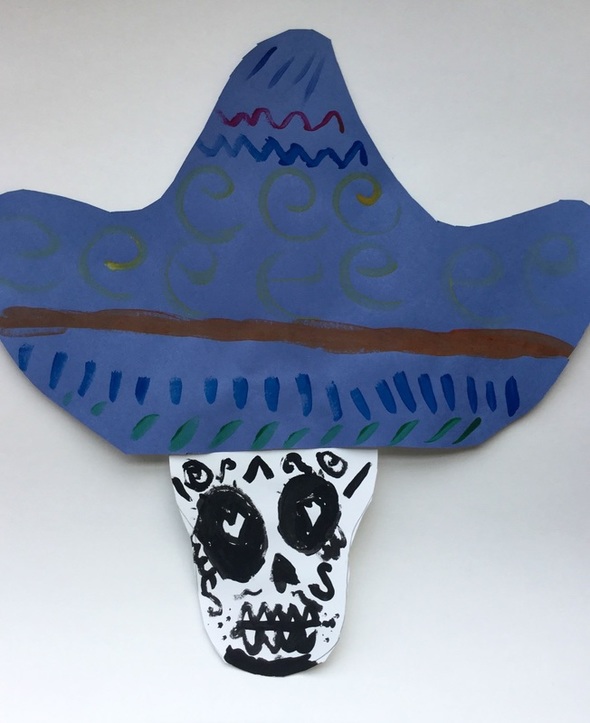
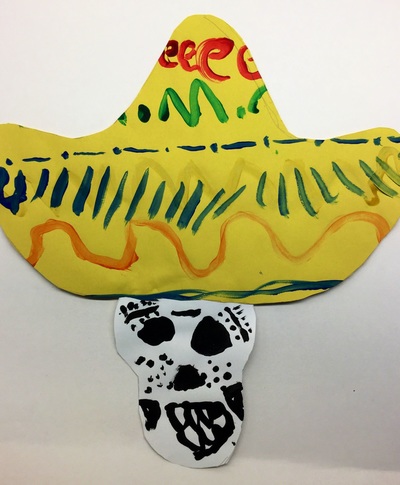



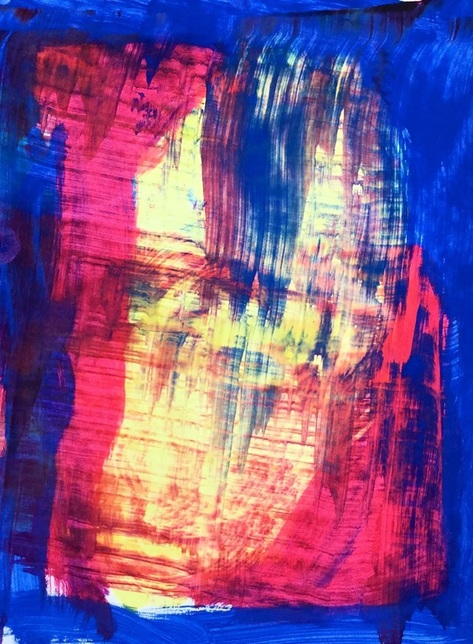




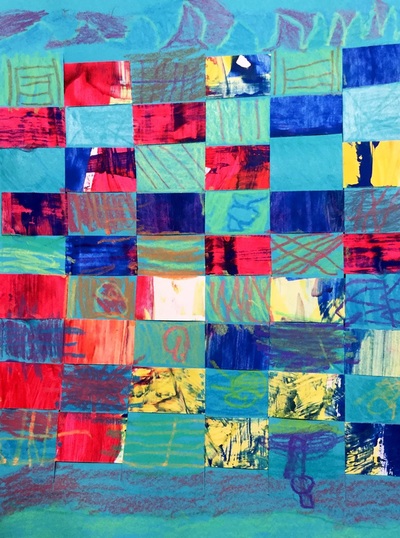


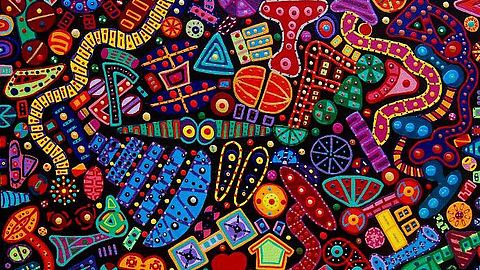







 RSS Feed
RSS Feed
